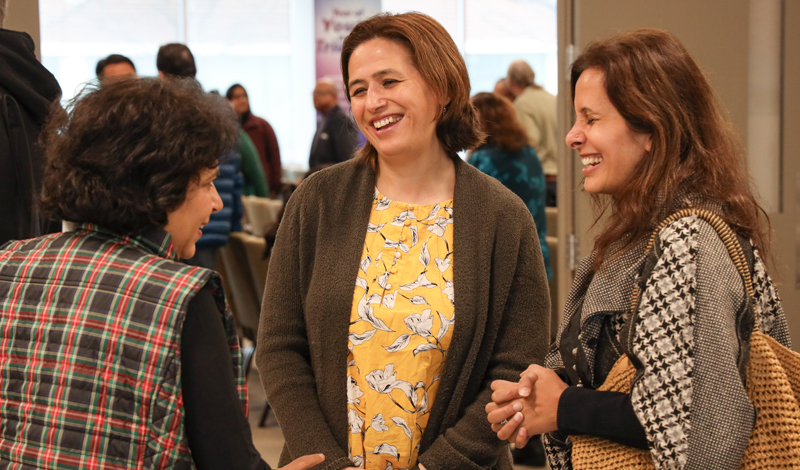Mahatma Gandhi, whose philosophy of nonviolence inspired civil rights leaders around the world, once said that his personal vow was “To wipe every tear from every eye.”[1] Josei Toda, likewise, called it his mission to erase the very word misery from the face of the earth.[2]
Both men, guided by their undying beliefs, did not advocate relieving ordinary people of suffering as an abstract principle but transformed the world by treasuring the person in front of them. “What matters is relieving the actual suffering of real individuals,” Ikeda Sensei writes. “That is the measure of the vow to lead all people to enlightenment. Buddhism is about winning. To put it another way, as the proverb ‘One is the mother of ten thousand’[3] indicates, through concrete actions to reach out to help one individual, we affect all living beings. Helping relieve the suffering of someone you know leads to the relief of the sufferings of all people.”[4]
SGI members throughout our country serve as cornerstones of peace in their communities. In this issue, we speak with representative women’s leaders at the front lines who demonstrate that the starting point is always caring for a single person, and that one ripple can give rise to untold more.
—Prepared by the World Tribune staff
Youth Are the Heroes of the World
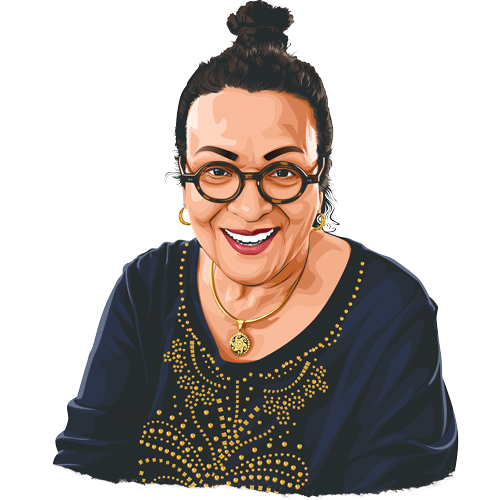
Jeanette Velez
Cleveland Heights, Ohio
It was in the depths of my suffering that I finally heard my friend’s encouragement for me to start practicing Buddhism. My mother had passed, I was struggling with
relationships, health and my brother’s cancer diagnosis.
During these trying times, I kept chanting with Nichiren Daishonin’s words in mind: “A sword is useless in the hands of a coward” (“Reply to Kyo’o,” The Writings of Nichiren Daishonin, vol. 1, p. 412). It taught me a kind of fighting daimoku. It’s with the compassion of my friend and the members who supported me that I try to “pay it forward” now.
As a physician liaison in Cleveland Heights, I see firsthand the struggles of homelessness, of residents from neighborhoods lacking resources and of the staff supporting these areas. And as a person of Latin descent, I hear the struggles of Spanish-speaking physicians and the disparities of medical care available.
Seeing this, I can either give in to despair or I can decide that this is the place of my mission. Of course, I choose the latter. I never leave my house without doing gongyo; and I use the wisdom I gain to listen to people’s difficulties and take action. And when I come home, I do gongyo with a great sense of responsibility and appreciation.
Ikeda Sensei has always thought about spreading happiness and alleviating pain. To respond to his courage, I went out and shared Buddhism with 615 people last year—and not one person turned away my effort to reach out to them.
I’m especially passionate about youth. Toward the March Youth Peace Festivals, I have their names—friends, family and neighbors—by my altar. And I host chanting sessions at my home for local members—it’s our joint responsibility to support the youth and transform our community.
I take every opportunity to connect with youth—they know I’m Buddhist. And I open my home for youth to watch a movie, eat or just hang out. The fact that they come out is the greatest happiness for me.
Young people want support and guidance. To have someone older who you trust is so valuable. The youth division members are like my family—I try to be the aunt youth can confide in, who listens to their concerns and directs them to the Gohonzon and Sensei’s guidance.
They are our future—the heroes of the world. I was nurtured to believe that we were heroes, so now, our youth have to believe it and know it, too.
Always Chanting for Youth
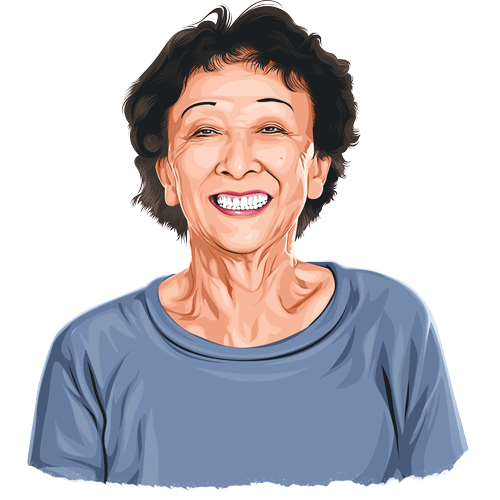
Reeko Walton
Box Elder, South Dakota
I was a teenager when my mother joined the Soka Gakkai. I came down with a serious illness, and as young as I was, a senior in faith compassionately shared that I had to take responsibility for my karma. I didn’t understand much about faith, but I just tagged along with my seniors—some struggling with illnesses themselves. They taught me with their lives.
In two years, I overcame my illness. I married an American serviceman and had five kids. Then we received word that we had to relocate to South Dakota. It was daunting but I had no choice and no time to worry.
Since then, we tackled everything with daimoku. When our eldest son got into an accident and was in a coma, we chanted. When he regained consciousness but learned he lost his short-term memory, we chanted. When my husband had repeated heart attacks and eventually, cancer, we chanted. Whatever it was, I prayed to the Gohonzon wholeheartedly.
I’ve been supporting my district since the 1980s. We’ve built this community from the ground up. The members live hours apart—sometimes a 7–8 hour drive. And in the winter, it can be too dangerous to drive.
We live near a military base, so people come and go. The youth are no exception—sometimes they move away because of the weather, and other times, we send them off after encouraging them to chant for their dreams. But Sensei asked us to raise youth, so we have to respond. I never once thought, This is too hard! It’s just more of a reason to chant.
Recently, a 21-year-old young man emerged. His mother is a member, but through daimoku and support, he decided to receive the Gohonzon and start his own practice. He even spoke to his roommate at school first.
Then, his younger brother, a senior in high school, seeing his brother start practicing, expressed he wants to start, too! And to add to it, a young woman who’s been attending meetings received the Gohonzon!
I’m sure each location has their unique struggles. But I want youth to be victorious. No matter how many of them move out, I’m never going to stop chanting for and raising youth.
Making Sure the Youth Feel Cherished
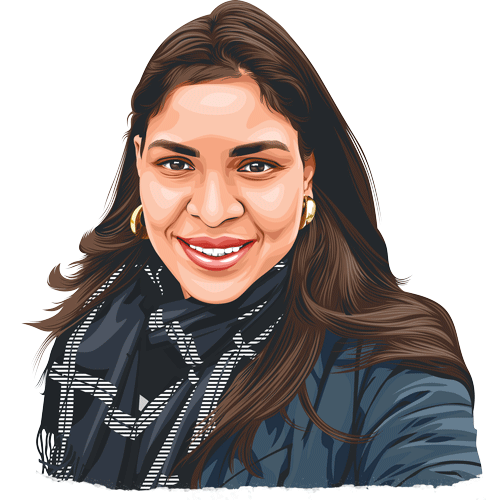
Neha Jain
San Jose, Calif.
Fights were frequent in my big family, and my parents were too busy to be emotionally available. My eldest sister was my anchor—the one I looked up to, and the one who introduced me to Buddhism.
Attending university away from home and struggling with loneliness and self-doubt, I would often call her crying. But in addition to her support, the women’s division members there made sure I felt cherished. They taught me the basics of faith until I could stand strong enough to support others.
By the time my husband and I moved to the U.S. in 2021, I had forged a foundation in faith through SGI activities. No matter how difficult things were, I was confident that I could always move forward.
Today, I find myself in the same position as those women’s division members who took me under their wing.
In San Jose, I connected with a young woman—an international student who is new to Buddhism. While we would plan to meet, it often got pushed back to another time. Understanding that she might be homesick and struggling alone, I continued to reach out—whether for some home-cooked food or to drop off a care package when she was sick.
When she was able to attend a meeting, we went out for coffee afterward and talked about anything and everything. Gradually she began chanting regularly, and she received the Gohonzon.
And when she was looking for a job, we chanted for her victory; when she got the job, we celebrated. Now about a year in, she’s taken the SGI-USA introductory exam and is supporting behind the scenes as a Byakuren member.
One by one, I’m supporting the youth. I have to use what my seniors taught me in my early days. So now, if youth need a ride to an activity or home visit, I’ll drive them anywhere—whatever they need. And on the way, we’ll talk about life and about Ikeda Sensei, and I’ll assure them: Don’t worry, just continue chanting and fighting, you’ll see.
We Can Build Community Wherever We Are
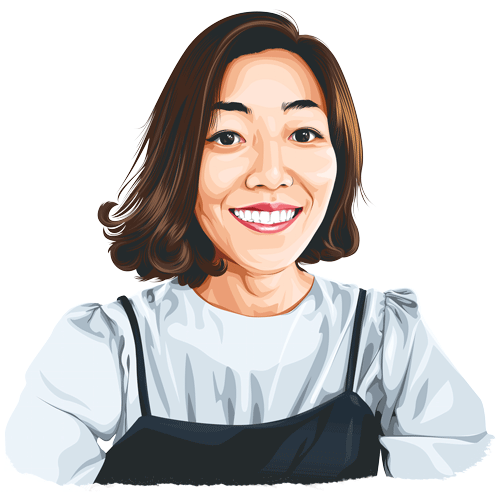
Lillian Koizumi
Boston
When I graduated into the women’s division, a senior in faith encouraged me to never lose sight of the vow I made in my youth and to always return to my starting point.
Boston, like most cities, is a place where you can be surrounded by a sea of people but feel completely alone. I often see young, bright people struggling with their purpose or the pressure to succeed. As a new district women’s leader, I wanted our district to be the place where people could see their own value and feel cared for.
But I first had to chant for the courage to stand alone—to take full responsibility for advancing kosen-rufu here.
We were just coming out of the hiatus from in-person activities, and I saw how the members were disconnected. Whether it was to meet over coffee or chant together, I first chanted fighting daimoku to unite the members. When things didn’t go as planned, I reflected on my own shortcomings and returned to my starting point. Thinking of Ikeda
Sensei, I chanted to see the strength of each person and bring people together.
Slowly, a culture of care became the base of our district. We listed out all the members attending our meetings and chanted for each one. If someone needed a ride, I’d go without hesitation. One by one, members who hadn’t come out reconnected. And last year, we welcomed two new young women to the district. It was an amazing process for all of us to see how daimoku truly reaches everyone.
Alongside this effort, I started to ask myself what else I could do for my city. I realized a determination I had held: If more towns endorsed the Back from the Brink initiative to eliminate nuclear weapons, the more weight it would have on the national level. I wanted my town to be among those communities. So now I’m taking the necessary steps to garner support where I live.
This confidence to take action was forged in my youth, and now through my district. I want the youth to know that we can make a difference. If we can build community in our district, we can build community anywhere.
For the Youth to Be Seen
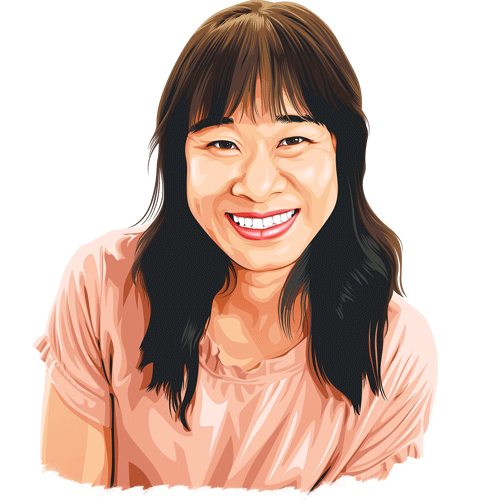
Emily Boll
Ridgefield, Wash.
As a teacher and a mother of two, I feel a deep sense of responsibility to be the adult in these young people’s lives who not only sees their capability but also ensures that they feel seen.
When I was a young athlete, my body shut down; I became debilitated and my skin erupted in boils. I didn’t want to be seen. In this most vulnerable state, a women’s division member walked over to my home. She read to me Nichiren Daishonin’s writings that addressed illness and warmly but powerfully encouraged me.
I was moved to tears by her compassion—at a time when I wanted to hide from myself and everyone, she saw the Buddha in me. I realized this was Ikeda Sensei’s heart; this was the level of care Sensei would give to each person. Receiving such support, I thought: Who am I not to fight for other people?
I also realized it wasn’t enough to simply embrace others: I needed to have the wisdom and courage to guide them, too.
When our family moved across state and the kids had to change schools, my daughter asked me quietly, “How do you do life?” On our way back from gymnastics practice, my son complained to me about his coach. In the classroom, I had an array of students—from the one labeled as the troublemaker by other teachers to the straight-A student who inwardly talked down to herself. In each of these moments was the precious opportunity to guide them toward happiness and self-worth.
Take the young woman I introduced to Buddhism, for instance. She was reclusive and I was concerned for her well-being. Her initial response to me reaching out was, “It’s none of your business.” But I kept chanting for her and eventually shared the SGI-USA publications with her.
When I saw her the next time, she said: “I read them. Thank you.” That was the opening. Eventually, she joined one of our Zoom meetings—late but still made it. The district was so happy to have her, and they warmly welcomed her like family.
With my family, in the classroom, neighborhood or SGI district, there’s no difference. In every facet of my life, I can make an impact.
February 9, 2024, World Tribune, pp.6–7
References
- Jawaharlal Nehru, Selected Works of Jawaharlal Nehru, vol. 3 (New Delhi: Jawaharlal Nehru Memorial Fund, 1985), p. 136. ↩︎
- February 2021 Living Buddhism, p. 60. ↩︎
- “Conversation between a Sage and an Unenlightened Man,” The Writings of Nichiren Daishonin, vol. 1, p. 131. ↩︎
- February 2022 Living Buddhism, p. 60. ↩︎
You are reading {{ meterCount }} of {{ meterMax }} free premium articles

